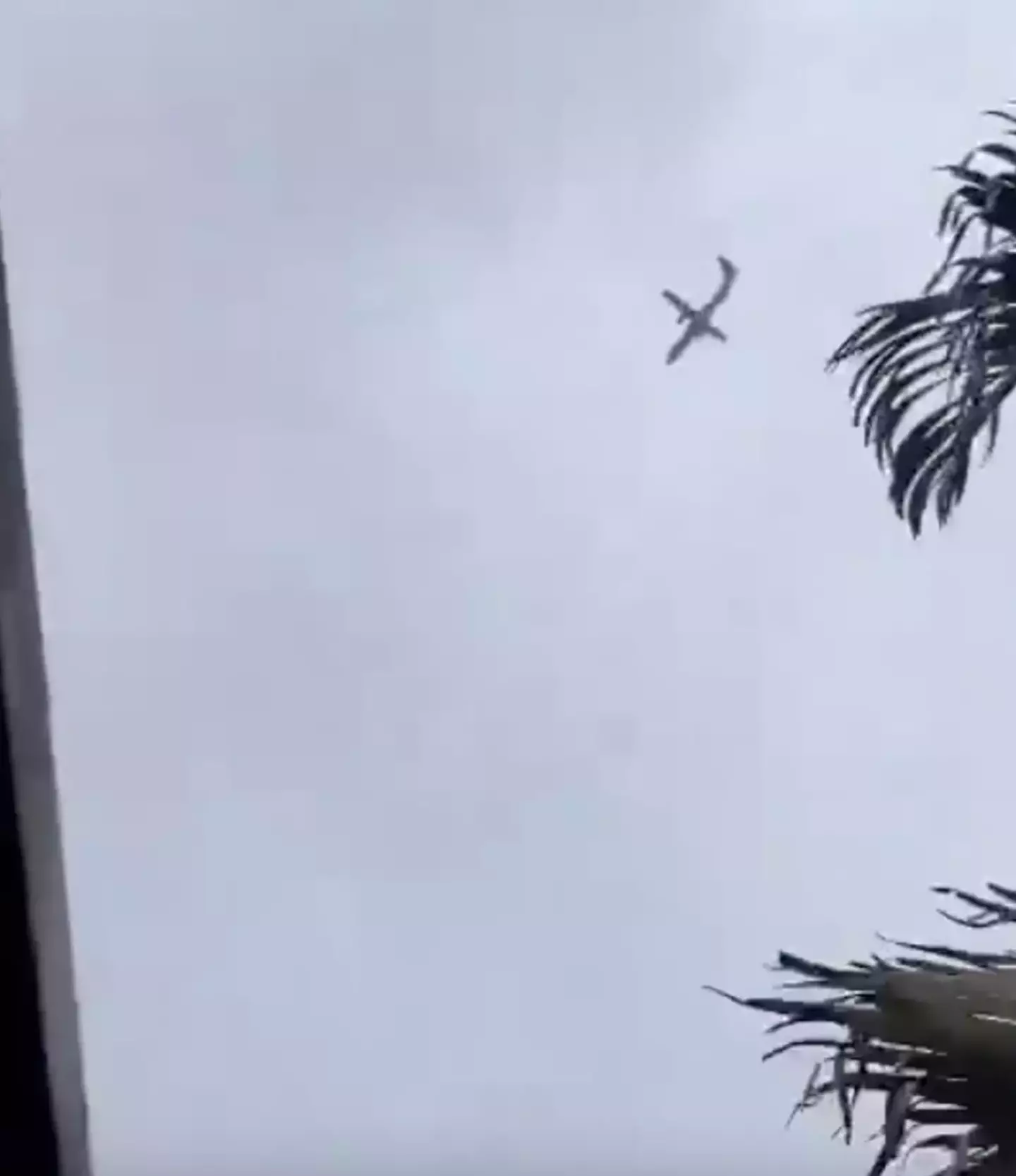In a devastating incident, the final words of the pilot involved in a catastrophic plane crash near São Paulo, Brazil, have come to light. This tragedy, which resulted in the loss of all 62 passengers aboard, has plunged the nation into mourning and prompted a thorough investigation to uncover the cause of this devastating failure.

As the aircraft spiraled out of control, the pilot’s last words, captured on the black box, illustrated the dire circumstances within the cockpit. “Mayday, Mayday, we have lost control,” echoed the pilot’s voice, filled with fear and urgency. This chilling plea for help serves as a poignant reminder of the human aspect of aviation, highlighting the harrowing reality that the crew faced in their final moments.
Conversations between the pilots indicated their awareness of the impending disaster. Despite their efforts to regain control, they were unable to stabilize the aircraft. The final minutes of the flight were characterized by a frantic attempt to manage the situation, with the pilots sharing their actions and concerns in a desperate effort to avert disaster.

While the specific cause of the crash is still being investigated, initial reports point to severe turbulence occurring just before the plane’s tragic descent. The insights gained from the black box recordings are invaluable for investigators, providing a clearer understanding of the events leading up to the crash, although many questions remain unanswered.
Experts are exploring several potential factors, including a possible technical malfunction that could have caused the plane to become uncontrollable. Additionally, adverse weather conditions at the time of the incident may have complicated the pilots’ attempts to manage the aircraft. The investigation is also examining the potential for human error, though no conclusive findings have been established yet.

Brazilian authorities, along with international aviation experts, are engaged in an extensive investigation to reconstruct the timeline of events that culminated in this tragedy. Recovering the black box was a pivotal moment in this endeavor, offering detailed insights into the final moments of the flight. However, the investigation is ongoing as officials continue to scrutinize all possible contributing factors, from mechanical failures to environmental challenges.
Alongside analyzing black box data, investigators are reviewing maintenance records, flight logs, and witness accounts to create a comprehensive overview of the flight’s path and any irregularities that may have occurred. The aim is to uncover any underlying issues that could have played a role in the crash and to develop strategies to prevent future occurrences.

The profound impact of this tragedy resonates throughout Brazil, as families and communities grapple with the loss of 62 lives. The victims included a varied mix of individuals, ranging from business professionals to families on holiday, each with their own stories. Memorial services and vigils have been held in various cities, providing spaces for collective mourning and remembrance.
This plane crash has reignited discussions around aviation safety, both in Brazil and globally. As the investigation moves forward, there is increasing pressure on airlines and regulatory agencies to ensure that all necessary safety measures are in place to protect passengers and crew. The tragedy serves as a stark reminder of the vital importance of rigorous safety protocols and the ongoing need for advancements in aviation technology. This heartbreaking event highlights the inherent risks associated with air travel, despite its reputation
